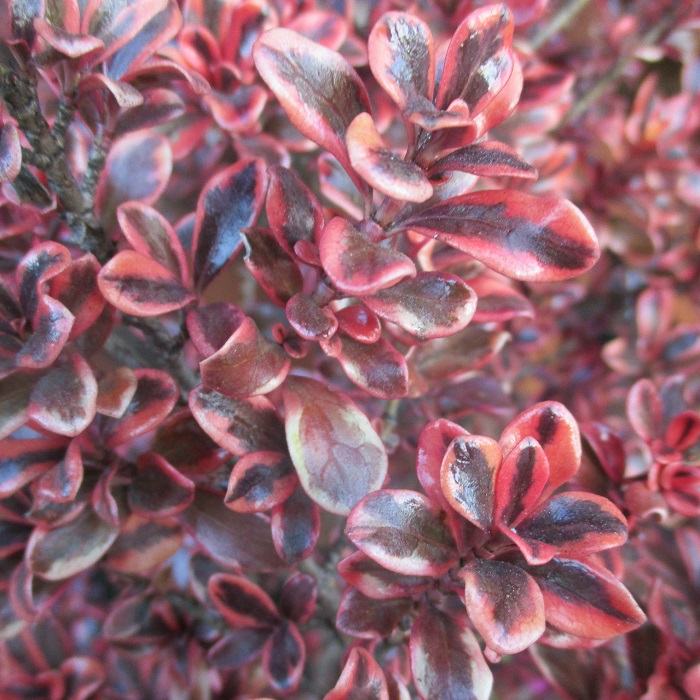UNITED STATES—There is no shortage of color for the garden here in our mild climates. If we want to, we can grow various flowers to bloom at various times throughout the year. If that is not enough, we can grow plenty of colorful foliage too. Evergreen sorts can stay fresh and resilient to minor frost all winter. A few deciduous plants and warm season perennials with colorful foliage will refoliate in spring.
Besides the various shades and hues of green, foliage can be variegated with white, cream, gray, chartreuse, yellow, gold, red or pink. Such variegation can be stripes, blotches, spots, margins or lacy patterns. New spring growth of some variegated plants is blushed with pink or red. Plants with blue, gray, silvery, bronze or purplish foliage are mostly monochromatic, without variegation.
Just as most popular flowers became less efficient at their primary function of attracting pollinators, as they were bred and developed to be bigger and more colorful than they naturally were, most colorful foliage is not an advantage to the plants that produce it. After all, foliage needs chlorophyl for photosynthesis. Variegated portions of leaves lack chlorophyl, so are much less efficient.
In fact, many variegated plants originated as mutant growths, known as ‘sports,’ that appeared on unvariegated plants, and were cloned. Many try to revert back to green by producing their own unvariegated sports. These green sports grow faster with more chlorophyl, so they can overwhelm variegated growth if not pruned out. Monochromatic blue or gray foliage is not mutant growth, but is instead a natural adaptation to extreme exposures, mostly at high elevations, so is not prone to reversion.
English holly, English ivy, euonymous, silverberry, New Zealand flax, mirror plant and various pittosporums are some of the more popular variegated plants. Purple leaf plum, purple smokebush and a few cultivars of Japanese maple are popular plants with purplish or bronze foliage. Blue spruce, American agave, Arizona cypress and various junipers have exquisite bluish or gray foliage.
Highlight: mirror plant
Classic, but simple mirror plant, Coprosma X kirkii, was a utilitarian shrubby ground cover for many years before all the colorful modern cultivars that are so popular now that they were invented. Individual plants can cover quite a bit of ground without getting any deeper than two feet. It is particularly useful in coastal landscapes, because it is so resilient to wind and exposure, as well as sandy soil.
Modern cultivars are remarkably variable. Some are variegated with white, yellow or bronze, either as foliar margins or blotches. Others are very dark purplish bronze. One cultivar is dark bronze with pink foliar margins. Most of these modern cultivars have nicely rounded and undulate leaves, although some have narrow leaves that are comparable to those of the now rare original cultivar.
The more colorful modern cultivars do not grow quite as large or as efficiently as the original, so they are not quite as practical as ground cover on large areas. However, they should work just as well for smaller areas, and are even better in conjunction with other plants. Some types of mirror plant are shrubbier. Yet, others cascade nicely from terraces and big planters, and over retaining walls.
Horticulturist Tony Tomeo can be contacted at tonytomeo.com.






